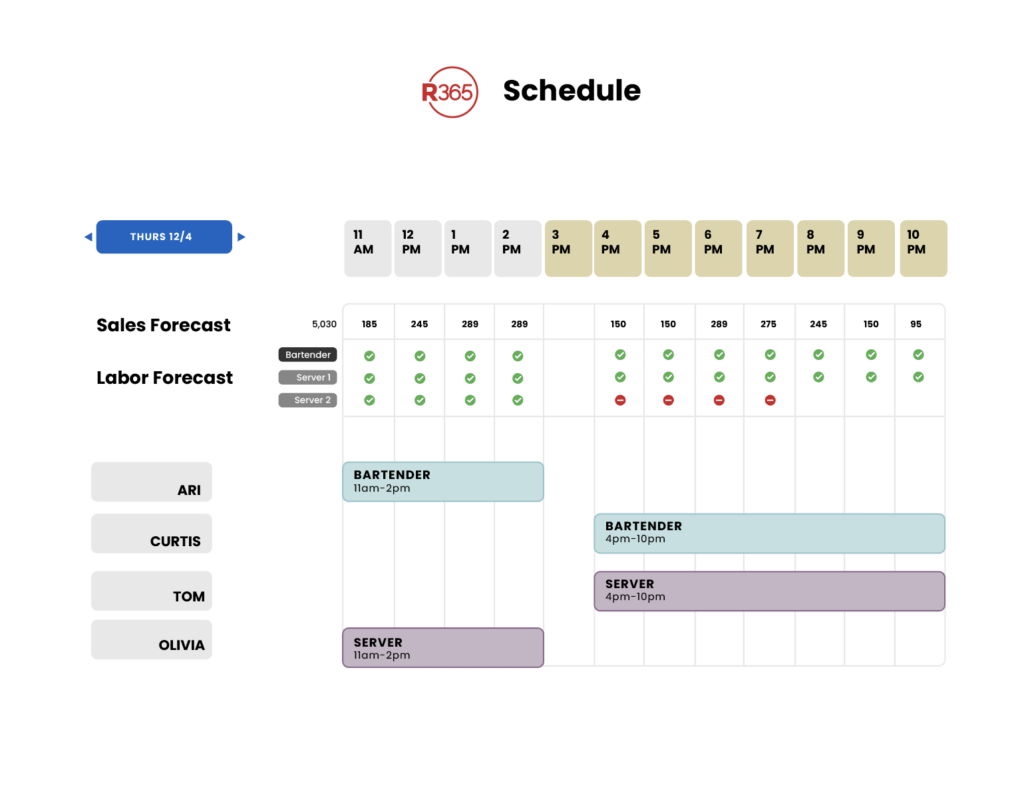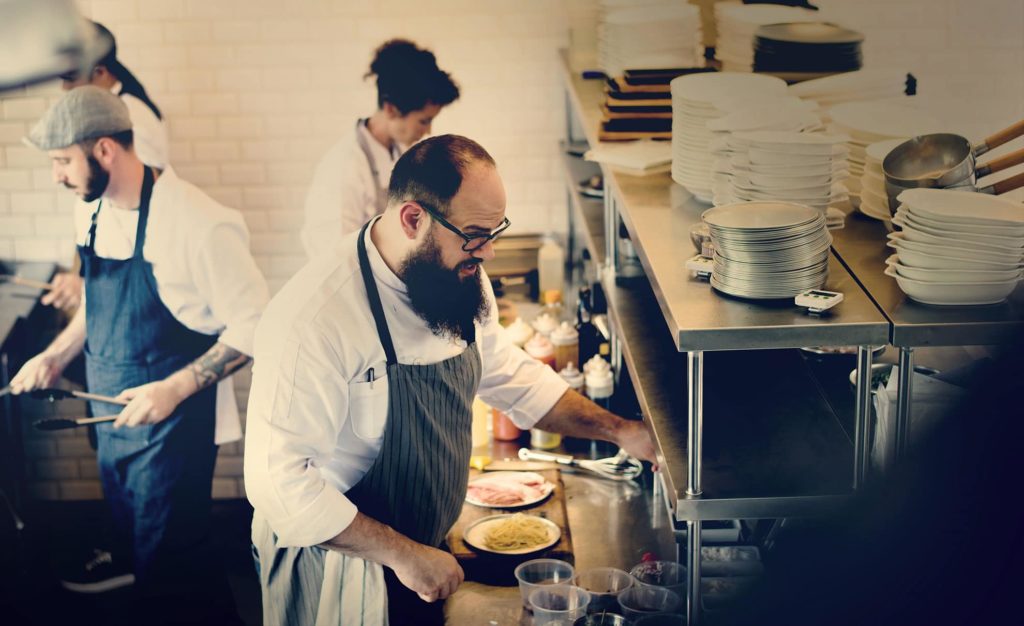By visiting our site, you agree to our privacy policy regarding cookies, tracking statistics, etc.
In the restaurant industry every second counts and staffing demands shift like the tide, keeping track of employee time and attendance is critical. Traditional methods like handwritten logs or outdated punch cards no longer meet the needs of modern hospitality operations. Time and attendance systems have emerged as essential tools for streamlining workforce management, reducing payroll errors, and ensuring labor law compliance. This guide explores how these systems work, their key features, and why they’re becoming indispensable for restaurants of all sizes.
A time and attendance tracking system is a digital infrastructure designed to monitor when employees start and end their workday. In a restaurant setting, where staff turnover is high and shifts often overlap, these systems are pivotal for maintaining operational order. Whether it’s tracking bartenders, line cooks, or front-of-house staff, a robust time tracking solution ensures that labor hours are accurately recorded — and payroll is precise.
Gone are the days of manually punched timecards or scribbled sign-in sheets. Today’s systems bring automation, accountability, and visibility into the labor force like never before.
The mechanism behind time and attendance tracking is surprisingly straightforward — but immensely powerful. Employees clock in and out using a range of methods, from biometric scanners to mobile apps. The system captures this data and sends it to a centralized platform where managers can view, audit, and approve time logs.
These systems often integrate with payroll software to streamline compensation processes. Some use geo-fencing to ensure staff are physically on-site when they clock in. Others apply AI-powered analytics to detect patterns, like habitual tardiness or unauthorized overtime.
At its core, the system functions as a silent overseer, making sure every minute worked is a minute paid — no more, no less.

Modern time and attendance systems come equipped with an array of features tailored for the fast-paced demands of the restaurant industry. These include:
Real-time scheduling and shift swapping
Easily manage last-minute changes without disrupting workflow or overstaffing.
Mobile clock-in/out
Perfect for offsite catering events or restaurants with multiple floors or stations.
Biometric authentication
A deterrent to “buddy punching” — where one employee clocks in for another.
Labor law compliance tools
Automatically alerts managers to potential wage-and-hour violations.
Overtime monitoring and reporting
Helps restaurants manage labor costs and avoid burnout.
Payroll integration
Eliminates the need for manual data entry, reducing errors and administrative load.
Each feature is a cog in a much larger machine — one that, when functioning harmoniously, leads to smoother operations and fewer disputes.

There’s no one-size-fits-all solution. Time and attendance systems come in various forms to meet different restaurant needs:
Biometric Systems
These utilize fingerprints, facial recognition, or retina scans to authenticate employees. They’re highly secure and reduce time fraud.
Web-based Systems
Accessible from any device with internet connectivity, these systems are ideal for restaurants with multiple locations or remote management.
Mobile App Systems
Popular with food trucks, pop-up kitchens, or restaurants that do off-site catering. They offer flexibility without sacrificing accuracy.
Punch Clocks (Digital or Physical)
These may seem old-school, but digital punch clocks still provide an affordable, reliable option for smaller establishments.
Swipe Cards or RFID Systems
Quick and convenient, though less secure than biometrics. They’re well-suited for high-volume establishments where speed is essential.
Each system has its pros and cons, and the best choice depends on the restaurant’s size, structure, and staffing model.
Implementing time and attendance software yields a cascade of benefits that ripple through every corner of a restaurant’s operations:
Improved Accuracy
Automated tracking reduces errors in time logs, minimizing disputes and saving time on manual corrections.
Labor Cost Control
Real-time data empowers managers to optimize staffing levels, preventing overstaffing and reducing unnecessary labor expenses.
Enhanced Compliance
Automated alerts help ensure adherence to labor laws, break policies, and overtime regulations — reducing the risk of costly penalties.
Employee Accountability
With transparent time logs, staff are more likely to arrive on time and adhere to scheduled hours.
Streamlined Payroll
Direct integration with payroll software simplifies processing and reduces administrative burden.
Operational Efficiency
Managers can spend less time policing attendance and more time focused on delivering exceptional guest experiences.
In a business where margins are razor-thin and employee morale is crucial, these benefits translate into measurable operational gains.

Several standout systems have become favorites among restaurant owners and operators:
7shifts
Built specifically for restaurants, 7shifts combines time tracking with scheduling and team communication tools.
Toast Payroll & Team Management
Integrated into the Toast POS system, it offers seamless tracking, payroll, and HR features.
Deputy
Known for its intuitive interface and powerful scheduling features, Deputy works well for multi-location chains.
Restaurant365
A comprehensive restaurant management platform that includes time tracking, accounting, and inventory in one system. Restaurant365 is ideal for restaurants looking for an all-in-one back-office solution with powerful analytics and automation capabilities.
Each of these platforms offers unique value, but all share a common goal: to simplify workforce management and elevate restaurant efficiency.

Blog Menu
See why more than 40,000 restaurants use Restaurant365
In an industry where timing is everything — from plating dishes to rotating shifts — time and attendance systems play a silent yet essential role. By automating routine processes and minimizing human error, these systems offer restaurant owners the tools they need to manage labor intelligently, boost productivity, and remain compliant.
Choosing the right system isn’t just a matter of convenience — it’s a strategic decision that can redefine how your restaurant operates day to day. With the right tools in place, managing your team becomes less of a juggling act and more of a finely tuned performance.
Share this blog:
Restaurant365 brings together accounting, operations, scheduling, and more in a flexible platform—empowering restaurants to choose the solutions they need and scale with confidence.